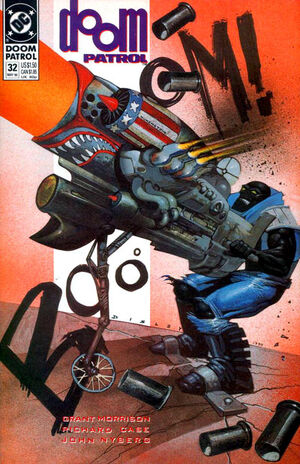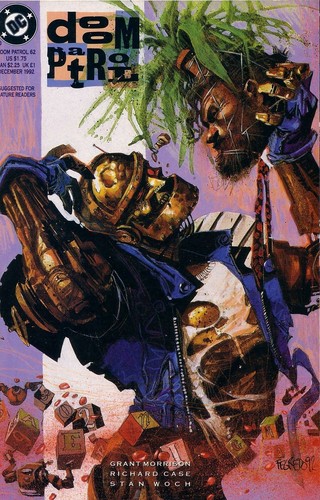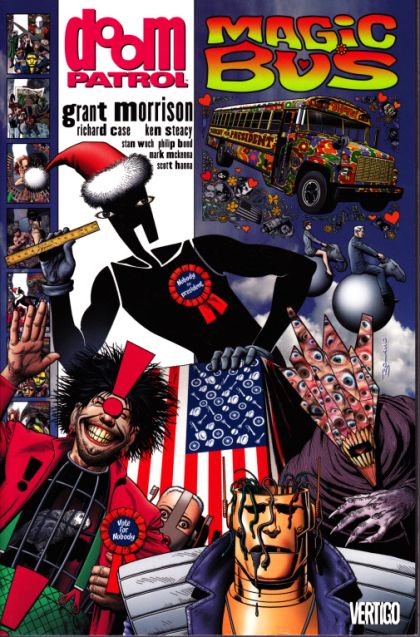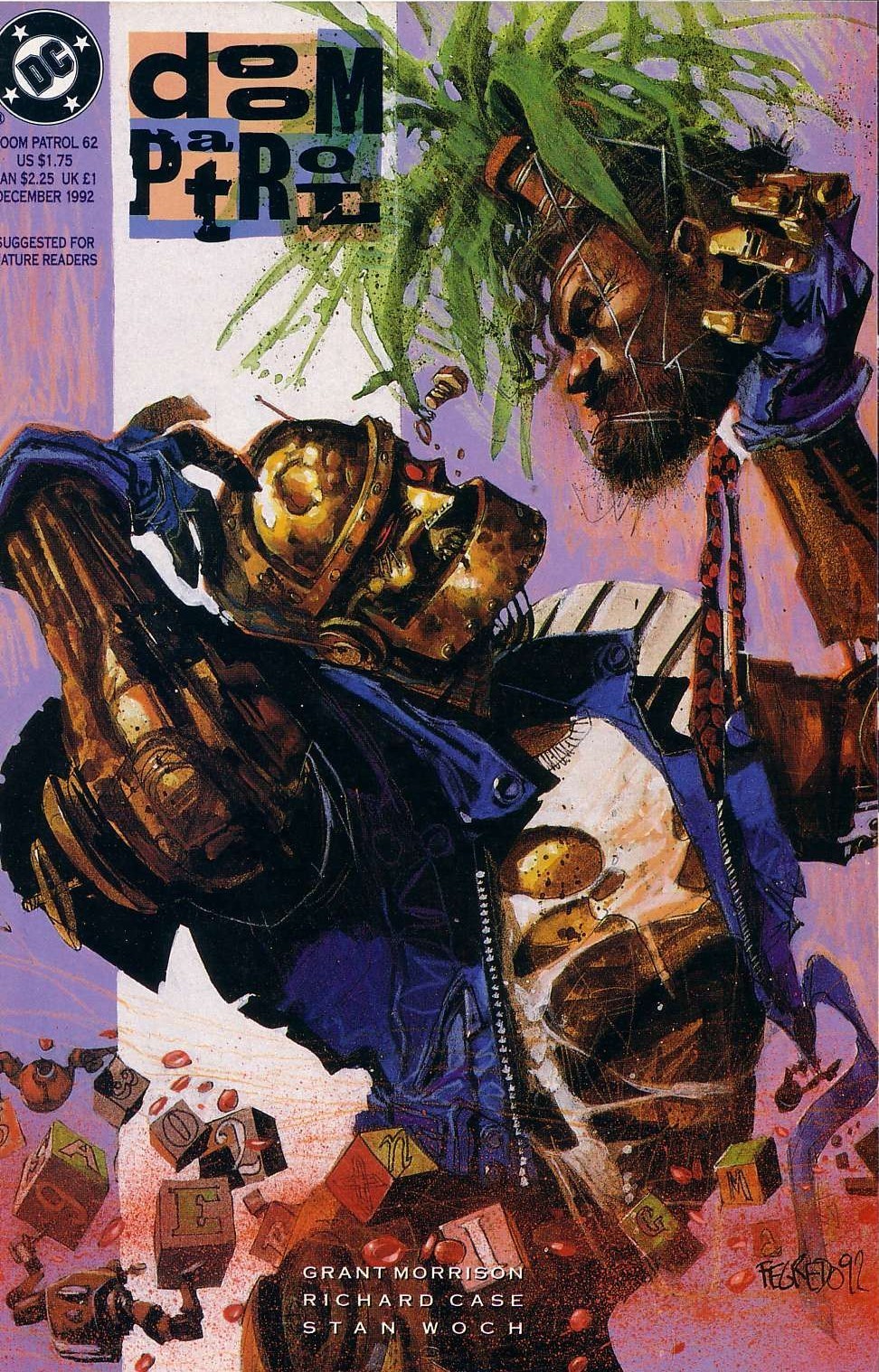To raise awareness for the detainees at Guantánamo Bay and of one of the multitude of human rights violations at the facility, actor, musician, and activist Yasiin Bey volunteered to take part in a very disturbing procedure of being force fed.  The Islamic holy day of Ramadan marks the beginning of a detainee protest, and at the detention center in Cuba more than 100 have refused to eat. Numbers vary from different sources but this “Hunger-Strike” in Guantánamo Bay includes approx. 120 inmates and more than 40 of them are being force-fed twice a day. A leaked document sets out the military instructions, or standard operating procedure, for force-feeding detainees. In this four-minute film made by Human Rights organization Reprieve and Bafta award-winning director Asif Kapadia, US actor and rapper Yasiin Bey (formerly known as Mos Def), experiences the procedure. Watch below.
The Islamic holy day of Ramadan marks the beginning of a detainee protest, and at the detention center in Cuba more than 100 have refused to eat. Numbers vary from different sources but this “Hunger-Strike” in Guantánamo Bay includes approx. 120 inmates and more than 40 of them are being force-fed twice a day. A leaked document sets out the military instructions, or standard operating procedure, for force-feeding detainees. In this four-minute film made by Human Rights organization Reprieve and Bafta award-winning director Asif Kapadia, US actor and rapper Yasiin Bey (formerly known as Mos Def), experiences the procedure. Watch below.
Warning: Some may find this video distressful
Update July 29 2013 - via news.yahoo.com
Rapper’s force-feeding video riles U.S. medics at Guantanamo Bay

By Jane Sutton
GUANTANAMO BAY U.S. NAVAL BASE, Cuba (Reuters) – A video protesting force-feeding at Guantanamo Bay detention camp in which rapper Mos Def is seen struggling and weeping while undergoing the procedure has done the rounds at the Navy base. U.S. medics who perform the real thing on hunger-striking prisoners say they’re not impressed.
“It’s ridiculous. It’s 100 percent false,” said a Navy nurse known as “Ensign Lodowick” at the detainee hospital where real names are protected for security reasons.
The New York rapper-actor who also goes by the name Yasiin Bey released the video earlier this month in collaboration with Reprieve, a London-based prisoners’ rights group that represents several Guantanamo hunger strikers and which describes the force-feedings as painful, humiliating and a violation of medical ethics. (http://link.reuters.com/daz89t)
Journalists are not allowed to speak to any of the 166 captives held at the U.S. naval base in eastern Cuba nor to watch as nurses insert feeding tubes into the noses and down into the stomachs of hunger strikers who receive liquid nutrients while strapped into feeding chairs.
In accounts relayed through their lawyers, the prisoners have described rough treatment and excruciating pain.
In a series of interviews with Reuters inside the detainee hospital, Navy doctors, nurses and hospital corpsmen said most of the 44 hunger strikers they tube-feed are calm, accepting and eager to get on with what has become a daily routine.
“Most are asking us to hurry up, make it go faster,” said Lieutenant Junior Grade “Lucentio,” a Navy nurse. Most of the nametags on the staff’s camouflage uniforms are pseudonyms drawn from Shakespearean plays.
Some detainees drink the liquid meals, usually Ensure, directly from the can, the medics said. All of them eat some regular food some of the time, but in small enough quantities to maintain their status as hunger strikers and continue their protest against open-ended detention at Guantanamo, where most have been held for 11 years without charge.
“It’s a method of communication,” said Petty Officer 2nd Class Bradley, a Navy corpsman.
HUNGER STRIKE 5 MONTHS OLD
Sixty-eight prisoners are currently taking part in a hunger strike that began in February, down from 106 at the peak earlier this month. Forty-four are receiving tube-feedings, which begin when they drop to 85 percent of their ideal body weight.
Numerous medical groups have called it an ethical violation to force-feed mentally competent adults who refuse food, but U.S. courts have declined to intervene to prevent it.
The hunger strike has tapered off with a pardon for disciplinary infractions during the Muslim holy month of Ramadan, and a partial return to communal housing that allows some prisoners to pray and celebrate the end of the daytime religious fast together. It’s unclear whether the limited truce will outlast Ramadan, which ends on August 7.
Advocates for closure of the detention facility argue that holding prisoners for years without charge or trial is a stain on the United States. They say Guantanamo is a threat to national security because it is a powerful recruiting tool for militants.
In the Reprieve video, which has been viewed more than 5 million times in two weeks on YouTube, the rapper wears an orange jumpsuit and writhes in pain as someone attempts to insert a feeding tube into his nose. He wiggles out of a head restraint, but gives up the effort before the tube reaches his stomach, and cries.
In reality, the medics said, detainees are strapped down at the legs, waist and hands by guards, but their heads are not restrained. The slender, flexible feeding tubes are lubricated with olive oil or a pain-numbing lidocaine gel and some of the prisoners help out by swallowing them down into place. None has vomited or cried, the medics said.
Army Sergeant 1st Class Vernon Branson, a watch commander at one of the prisons, said one of his fellow guards underwent a tube-feeding to see what it was like.
“My soldier took it like a champ. He was laughing and talking the whole time,” Branson said.
Branson said he used to be a Mos Def fan but the video changed that. “I deleted his music off my iPod. I was a little upset about it,” he said.
The nurses said the tube-feeding procedure at Guantanamo is identical to that they have used on sailors and their families at military hospitals in the United States when patients can’t take solids due to illness.
Mos Def’s re-enactment was done “by the book, according to the military’s standard operating procedure,” said Clive Stafford Smith, the British lawyer and director of Reprieve.
“We didn’t do it nearly as badly as the prisoners say it’s being done to them,” he told Reuters.
The medics said they are fulfilling a professional duty to preserve life.
“I’m a nurse. I didn’t join the military to shoot people. I joined to save people,” said “Leonato,” the senior medical officer at the detainee hospital.
The medics say they don’t believe that any of their patients really want to starve to death and they won’t discuss the politics that keep them at Guantanamo.
They dismiss Mos Def as an actor playing a role but resent his depiction of their work.
“Nobody wants a tube in the nose but sometimes it’s necessary,” Lucentio said. “It’s kind of disheartening to have our job skewed as monsters.”
(Editing by David Adams and Claudia Parsons)

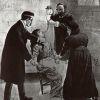

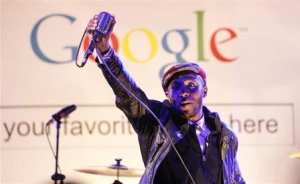
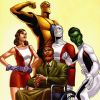


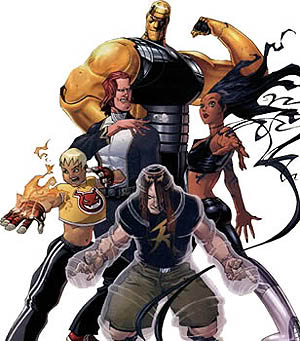 Over the course of the series, Morrison dedicated some issues to parody and homage.
Over the course of the series, Morrison dedicated some issues to parody and homage. 